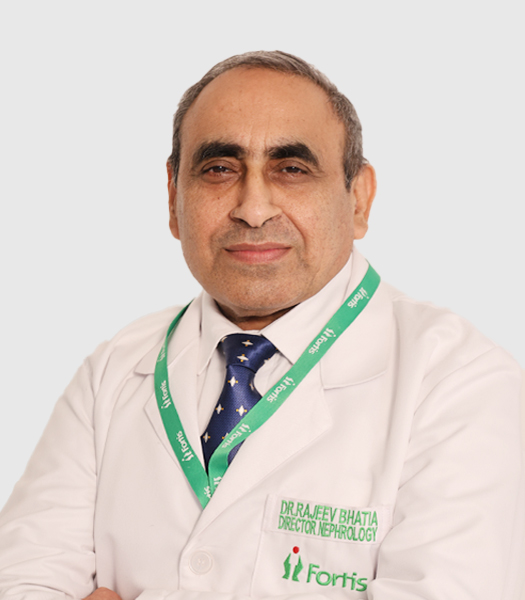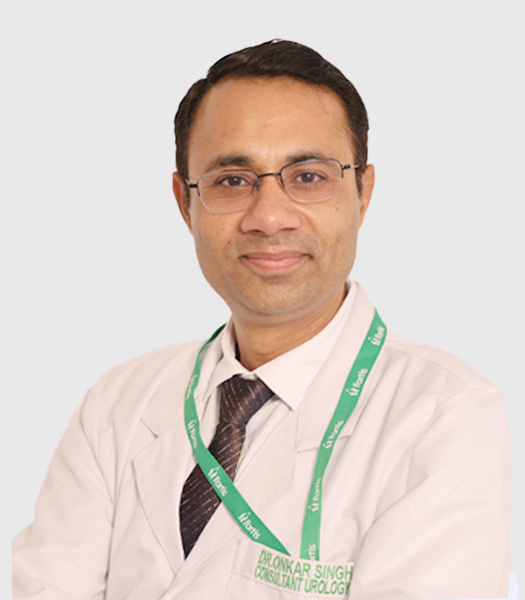Renal Transplant

Kidney Transplant is the Best Treatment Option
Shrimann Superspecialty Hospital believes that a Kidney Transplant is a long standing commitment for you and for us. Therefore, we make every possible move to give you assurance that your health is in safe hands. At Shrimann Superspecialty Hospital, a team of Nephrologist, Kidney Transplant Surgeons, Renal Pathologists, Transplant Biologists, Transplant Coordinators is committed to bring the best of team efforts to make your kidney transplant a success. Our definition of success goes far beyond the operation theatre. We are backed by the most advanced diagnostics, comprehensive pre-operative evaluation and dialysis support, the latest facility in surgical procedures, and complete post operative care including an isolation room to minimise the chances of infection. Our Transplant Team has more than 25 years of experience in managing Renal Transplant patients. The Department provides most comprehensive transplant services in the region including HLA Lab, Histopathology & TDM services to provide complete Pre-Transplant workup and Post-Transplant follow up of patients. We are successfully running following programmes
- Live Related Kidney Transplant
- ABOi Kidney Transplant
- Cadaveric/Deceased Donor Kidney Transplant
Although Kidney Transplant is life changer for patients, not all patients are suitable to have a transplant. The team at our hospital discusses the transplant procedure in detail with the patient during hospital visits. One needs to go through multiple screening levels to help ascertain the suitability criteria for a transplant. The selection criteria for kidney transplant recipients include the following:
- Existing or impending end-stage renal disease
- Free of malignancies
- Free of active infection
- An acceptable body weight
- Impact or correctable urological abnormalities
- No active abuse of alcohol, drugs or smoking
- Ability to follow transplant protocols and medication regimens
- Heart and lung status consistent with being able to tolerate the surgery and consistent with a predicted good, long-term outcome
Every potential candidate is considered on an individual basis. A number of radiological, blood and urine tests are done and evaluated by the Transplant Surgeon and Nephrologist.






